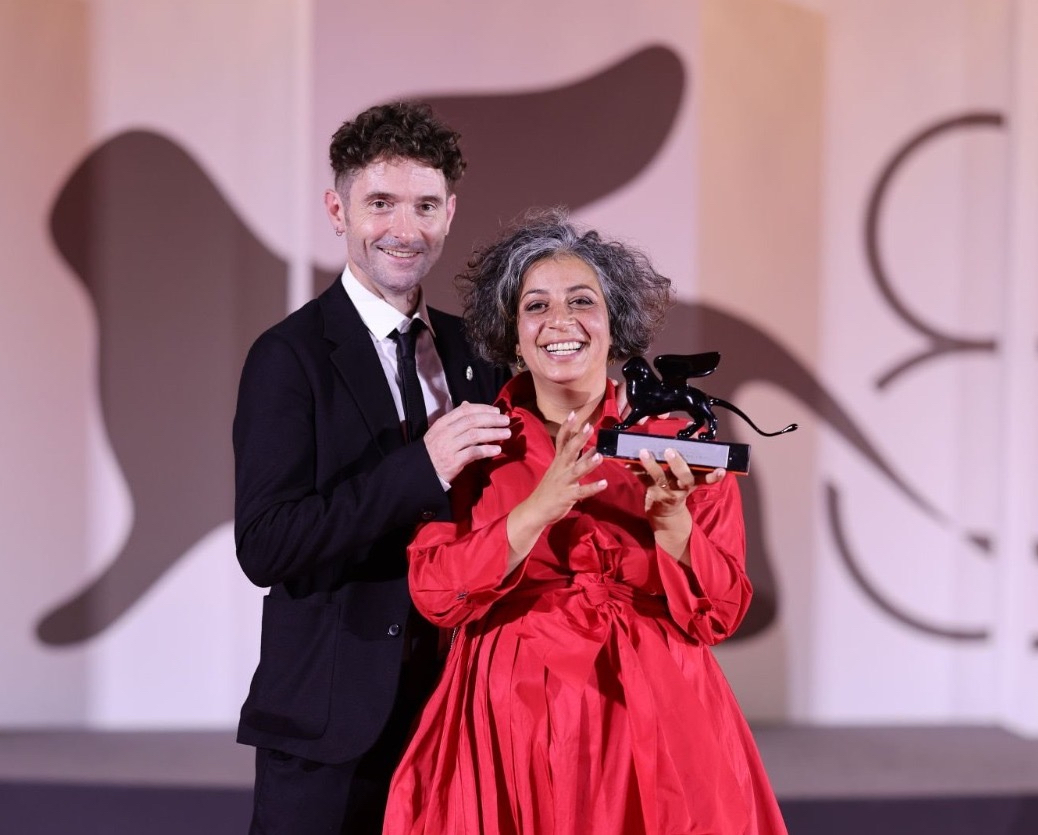Falls remain a major concern in care homes, affecting residents’ health, independence and staff workload. We recently hosted a roundtable, involving care providers, ICBs and local authorities to explore how technologies such as AI sensors, 3D monitoring and acoustic devices can help. Reported benefits included fewer night-time falls, better sleep, early detection of health issues and improved staff workflows. However, challenges around infrastructure, system integration, funding and evidence remain. A full report from the discussion is now available.
Download the roundtable discussion
Access the full report to learn how care homes, health partners and local authorities are using technology to detect and prevent falls, the benefits achieved, and the challenges to wider adoption.
Falls are a major concern for older adults in care homes, affecting both health and quality of life. They can lead to injuries, hospital admissions, and loss of independence, while placing pressure on staff and the wider health system. Digital technologies, including AI-enabled sensors, 3D monitoring systems, and acoustic devices, offer new ways to reduce falls and support residents’ wellbeing.
We recently hosted a roundtable bringing together care providers, Integrated Care Boards, and local authorities to explore how technology can help detect and prevent falls for London care home residents. Participants shared experiences from piloting these technologies in their care settings – discussing lessons learned, benefits, and challenges in implementation.
Attendees reported a range of benefits from using these technologies. Falls can be detected in real time, and staff can gain insights into resident behaviour patterns to prevent future incidents. Some homes have seen reductions in night-time falls, fewer unwitnessed incidents, and improved sleep for residents due to less intrusive monitoring.
Beyond falls prevention, technologies have supported early detection of health issues and provided data to inform personalised care. Staff also benefit from reduced need for 1:1 monitoring and better workflows, which can support retention and job satisfaction. Attendees agreed that as residents, families, and staff become more accustomed to digital tools, technology-enabled care environments are likely to become standard practice.
Despite the promise, challenges remain. Infrastructure limitations, integration with existing systems, evidence gaps, and sustainable funding models were highlighted as key barriers to widespread adoption. Pilots have mostly been funded through grants or the Digitising Social Care programme, and future investment may require partnerships between care providers, the NHS, and potentially residents or families. Stronger evidence demonstrating cost savings and improvements in care quality will be crucial to inform these decisions.
The full report from this discussion is available here.
Find out more
For more information about our work in care homes and the community, please get in touch.
Contact us




































